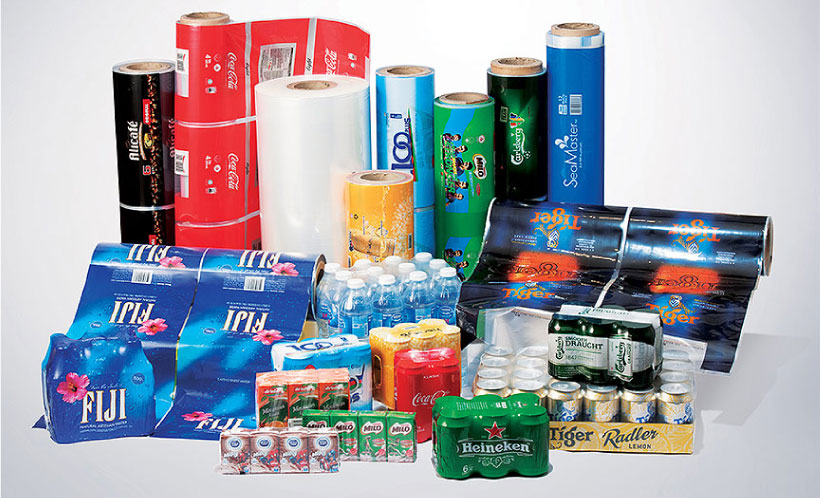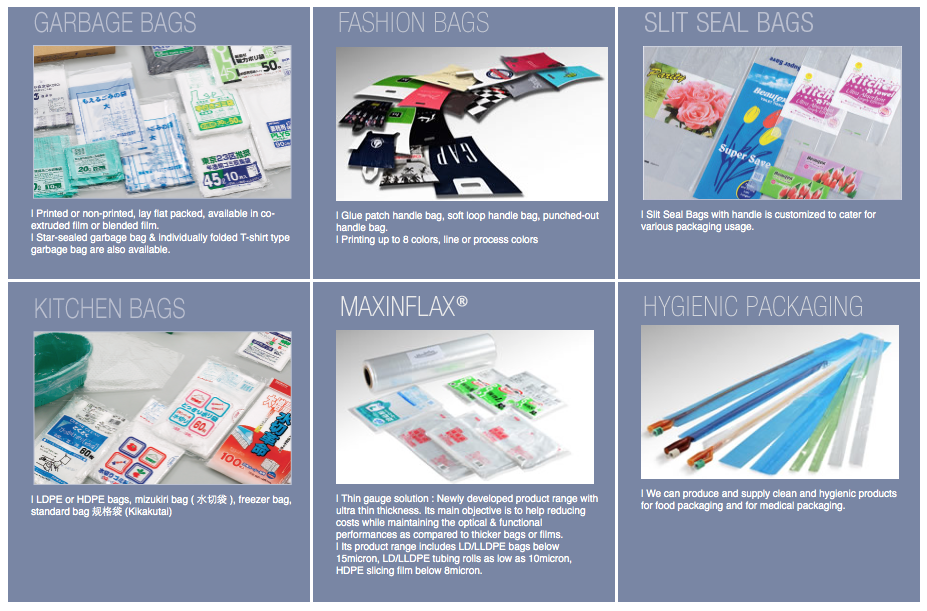Plastic Love! The 1984 song was popularised by Youtube in the mid-2010s. While it doesn’t sing about the love for plastic, you would be sure to keep these 4 Malaysian companies that manufacture plastic in mind.
You see, there is actually more demand for plastic packaging these days based on the following trends:
- Rising trend of online food delivery
Online food delivery (grocery and meal) revenue is projected to double to US$1.5 billion in 2027 from US$780 billion in 2022. - Continued boom in E-Commerce
Global E-Commerce sales are expected to grow to US$8 trillion in 2027 from an estimated US$5.8 trillion in 2023.
Let’s take a look at these plastic manufacturers then!
#1 Scientex
Scientex Berhad (Scientex) has two faces. One, it is a property developer.
Two, it is one of the biggest producers of plastic packaging materials that exports to more than 60 countries.
Its main business is still concentrated in its packaging business at 72% of revenue in 2022, while property development makes up the remaining.
There are 3 noteworthy takeaways from Scientex’s financial performance:
- Strong Revenue Growth Driven By Packaging
Revenue grew by 9.0% to RM$4.0 billion in 2022 driven by higher contributions from the packaging segment (2022: RM$2.9 billion, 2021: RM$2.5 billion). However, in recent quarters, growth has slowed to about 0.3% for the first quarter of 2023. - Profits declined in 2022, driven by higher selling & distribution expenses
Scientex’s profit declined by 10.9% to RM$433 million in 2022 as selling & distribution and finance expenses increased. - Profit margins declined from its peak, with property development having higher margins
Margins for Scientex declined to 10.9% in 2022 from its peak of 13.3% in 2021, but remains consistent with its historical average (2015 – 2021) of 11.1%. Interestingly, property development segment had the higher margin at around 28.7% compared to 8.3% for packaging.
As a result, Scientex is currently trading at a price-to-earnings ratio of 14.4 times compared to the industry’s average of 9.0 times. Dividend yield stands at 2.9%.
Scientex could be worth investing in for the following factors:
- High operational efficiency
Scientex registered a return on asset of 8.8% compared to its peers’ average of 2.4%. - Dominant position in the market
In terms of size, Scientex is number one on the sub-segment of packaging materials, with a market cap of RM$5.9 billion.
#2: Thong Guan Industries
Thong Guan Industries (TGI) produces plastic packaging products which includes stretch film, industrial & consumer flexible packaging, food wraps, and additives.
TGI actually started off as a F&B player in the 1940s, producing coffee and tea but have transitioned to the packaging business. Packaging now accounts for 92% of TGI’s revenue in 2022.
In terms of financial performance, TGI’s revenue grew by 14.1% to RM$1.4 billion in 2022 from RM$1.2 billion in 2021. Furthermore, profits continued to grow by 3.7% to RM$102 million from RM$98 million over the same period.
Aside from this, there are two notable financial takeaways that you should be aware about:
- Debt repayments are getting heavier
TGI’s interest coverage ratio (profit before interest and tax / Interest Expense) declined from 65.8% in 2021 to 24.8% in 2022. However, in the trailing 12 months from June 2022 to June 2023, this ratio currently stands at 13.6%. - Capital Expenditure Investment is Increasing
Capital expenditures (money used to invest in projects and equipment) are increasingly taking up more of TGI’s cash. Capex increased from RM55.8 million in 2020 to RM103.6 million in 2022.
TGI is currently trading at a price-to-earnings ratio of 9.0 times compared to the sector’s average of 9.6 times, and yields a dividend of 3.0%.
If you are looking to invest in TGI, here are some of the things you should look at:
- Consistent dividends
TGI distributes consistent dividends for the past 5 years with an average yield of 2.8%. - High return on asset and equity
Return on asset and equity stood at 6.7% and 10.6% respectively compared to the peer’s average of 2.6% and 6.3%.
#3: BP Plastics
BP Plastics (BP) produces stretch films and a range of Polyethylene flexible packaging packaging. Most of BP’s clients are outside of Malaysia, encompassing 70% of revenue in 2022.
Financial performance for BP has been strong in the past 2 years. Revenue grew from RM$317 million in 2020 to RM$503 million in 2022 as revenue contribution from other countries increased with the lifting of restrictions.
Meanwhile, profits declined to RM$31 million in 2022 from RM$47 million as high oil prices increased the cost of raw materials for BP Plastic. Aside from these main points, there are two more that you should take heed:
- Operating cash flow is higher than net profits
In terms of cashflow, operating cash flow is higher at RM$60 million compared to profit of RM$31 million. What does this mean? Profits from 2021 might have flowed over to the cash account in 2022 when its clients were able to pay. Account receivables decreased from RM$65 million in 2021 to RM$46 million in 2022. - Profit margins have declined
Net profit margin declined from a peak of 10.4% in 2021 to 6.1% in 2022 as cost of raw materials have increased.
At the current juncture, BP is trading at a higher price-to-earnings ratio of 12.2 times, while giving a dividend yield of 4.9%.
BP might be worth taking a good look at for the following reasons:
- High and consistent dividends
BP gave an average dividend yield of 5.6% over the past 5 years. - High return on asset and equity
Return on asset and equity stood at 9.5% and 11.6% respectively compared to the peer’s average of 2.6% and 6.3%.
#4: SLP Resources
SLP Resources (SLP) produces over 1,000 plastic packaging products which includes polybags and polyfilms. By regions, Malaysia constitutes the bulk of SLP”s revenue at 59%, followed by Japan (31%) and Australia (4%).
SLP’s recovery from the pandemic has been impressive. Revenue grew by 26.4% from RM$147 million in 2020 to RM$186 million in 2022 boosted by increased demand for food deliveries and takeaway. Profits also grew at a similar rate of 25.0% over the same period.
There are essentially two other points about SLP’s balance sheet and cashflow that you should be aware about:
- Cash-rich balance sheet
SLP is quite cash-rich on its balance sheet where cash exceeds its current liabilities by about 4.3 times as of the 2Q 2023. This ratio has been rising from 3.7 times in 2019. - The higher profits and cashflow was driven by gains from a disposal
In 2022, the higher profits and operating cashflow was achieved by a gain of RM$5.1 million from the disposal of a leasehold land held for sale. Without this gain, net profit would have been lower at RM$15.5 million for 2022 (2021: RM$17.8 million).
SLP is trading at a higher price-to-earnings ratio of 19.2 times compared to its historical average of 15.8 times. The higher valuations could be due to the following reason:
- High dividend yields and payout
SLP’s dividend yield currently stands at 6.4% and averaged 6.3% in the past 5 years. This actually translates to a dividend payout of 126% now. Its cash-rich position has been helping them distribute more dividends.
Conclusion
While most consumers are shifting towards a trend of non-plastic usage, these plastic manufacturers are still seeing increased demand for their products from the rising trend of food delivery and E-Commerce.
If they manage to shift fully to recyclable and renewable plastic, then they could see increased acceptance from consumers.


